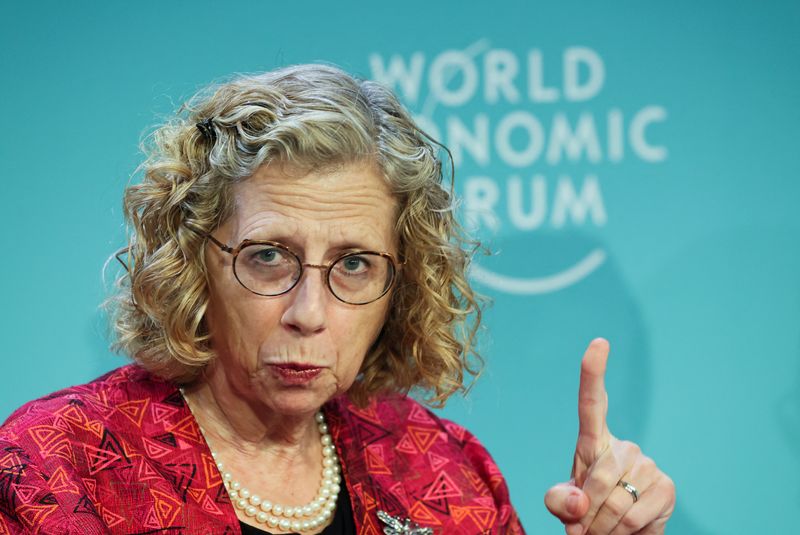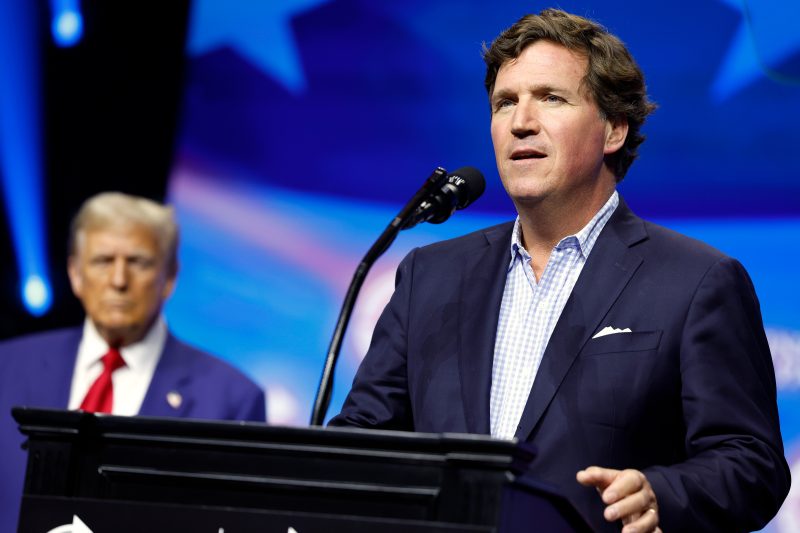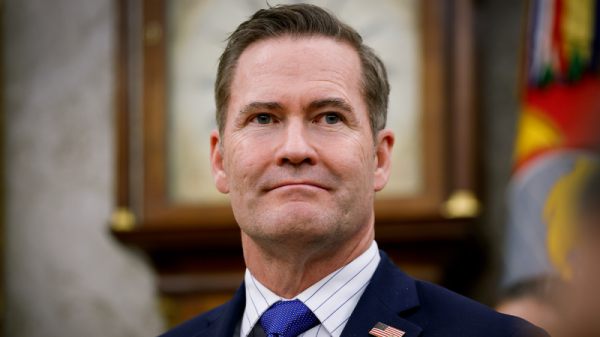
By Simon Jessop
LONDON (Reuters) – The amount of finance provided to developing countries to help them adapt to the impacts of climate change is far short of the $359 billion a year needed even after the biggest annual increase yet, a U.N. report on Thursday showed.
Funding from the developed world hit $28 billion in 2022 after a $6 billion rise, the most in any one year since the U.N. Paris deal in 2015 to try and limit the impacts of global warming, the annual U.N. Environment Programme report said.
Countries are preparing to meet in Azerbaijan at COP29 from Nov. 11-22 for the next round of climate talks in a year marked by extreme weather aggravated by climate change, including floods in Bangladesh and drought in Brazil.
How much money richer countries agree to send to developing countries to help them cope is expected to be central to the talks in Baku.
“Climate change is already devastating communities across the world, particularly the most poor and vulnerable. Raging storms are flattening homes, wildfires are wiping out forests, and land degradation and drought are degrading landscapes,” UNEP Executive Director Inger Andersen said in a statement.
“Without action, this is a preview of what our future holds and why there simply is no excuse for the world not to get serious about adaptation, now.”
Adaptation finance covers activities including building flood defences against rising sea levels, planting trees in urban areas to protect against extreme heat and ensuring infrastructure can withstand hurricanes.
In addition to the finance, countries need guidance on how to use it.
While 171 countries have a policy, strategy or plan in place, the quality varies, and a small number of fragile or conflict-affected states have none, the report said.
A separate U.N. report last month said the world was on track to exceed its goal of limiting warming to 1.5 degrees Celsius (2.7 Fahrenheit) above the pre-industrial average by 2050, and instead head for warming of 2.6-3.1C.

































